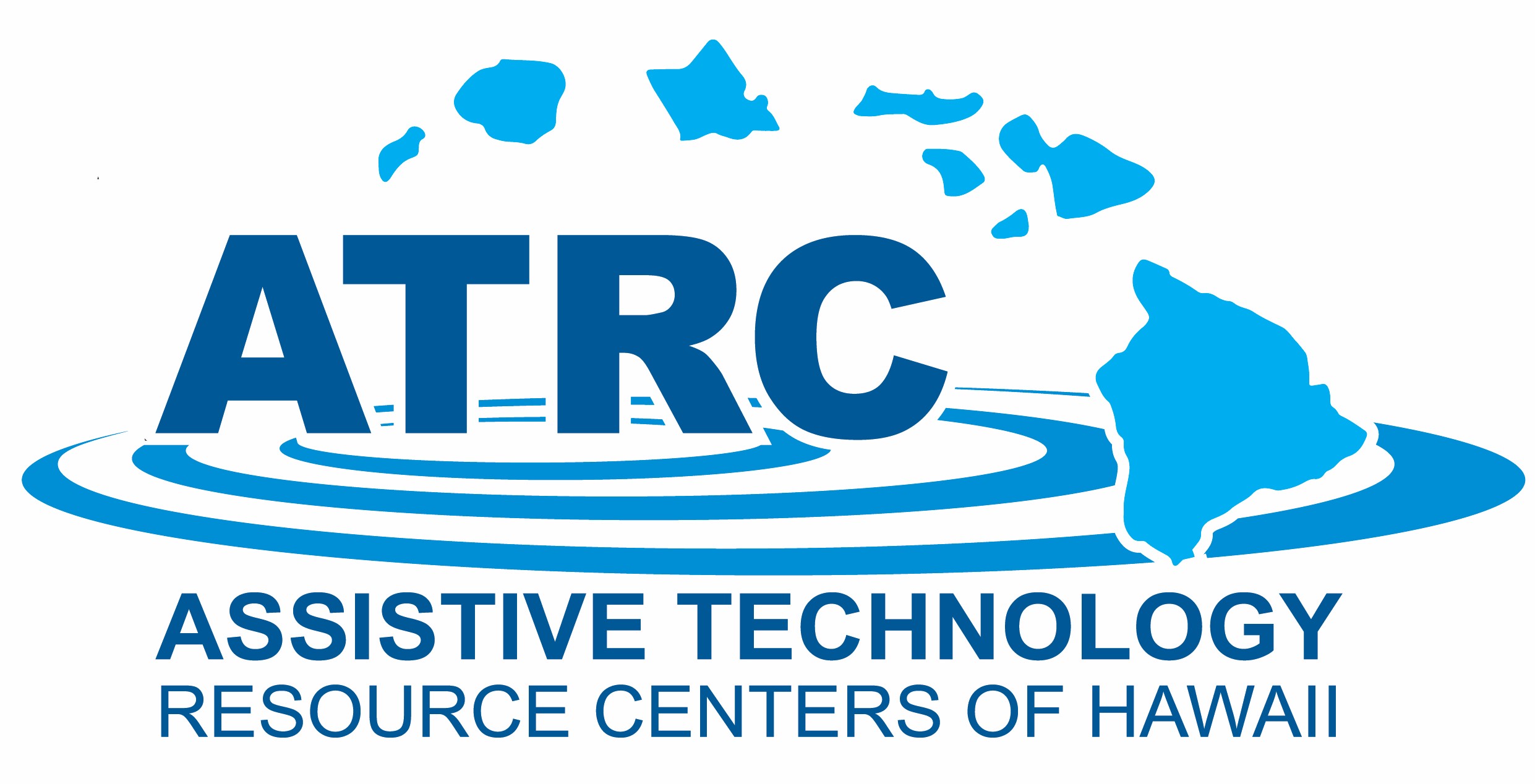The Assistive Technology Act of 1998
Builds on its predecessor, the Technology-Related Assistance for Individuals with Disabilities Act of 1988 (Tech Act) and affirms that technology is a valuable tool that can be used to improve the lives of Americans with disabilities. It also affirms the federal role of promoting access to assistive technology (AT) devices and services for individuals with disabilities.
Disability is a natural part of the human experience and in no way diminishes the right of individuals to live independently; enjoy self-determination and make choices; benefit from an education; pursue meaningful careers; and, enjoy full inclusion and integration in the economic, political, social, cultural and educational mainstream of American society.
As technology has come to play an increasingly important role in the lives of all Americans, in the conducting of business, in the functioning of government, in the fostering of communication, in the conducting of commerce, and in the provisioning of education. Its impact on the lives of America’s more than fifty million people with disabilities has been comparable to its impact upon the remainder of our citizens.
Substantial progress has been made in the development of AT devices, including adaptations to existing products that are part of daily living, which significantly benefit individuals with disabilities of all ages. These devices and adaptations increase the involvement of individuals in, and reduce the expenditures associated with, programs and activities such as early intervention, education, rehabilitation and training, employment, residential living, independent living, recreation and other aspects of daily living.
All States have consumer-responsive technology-related assistance programs. Federal support for these programs should continue, strengthening each State’s capacity to assist individuals with disabilities of all ages with their AT needs.

